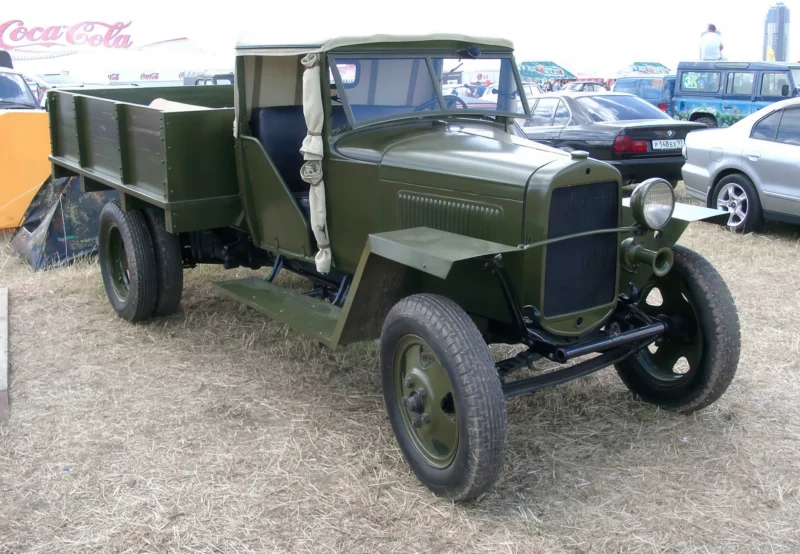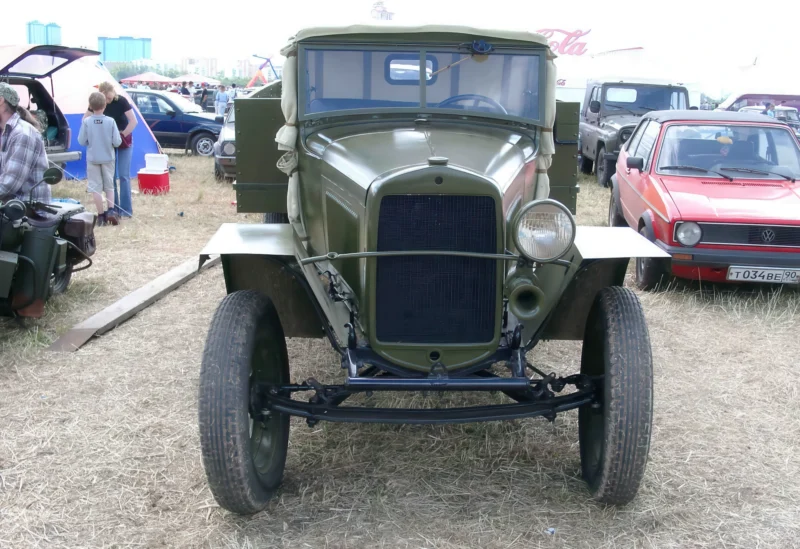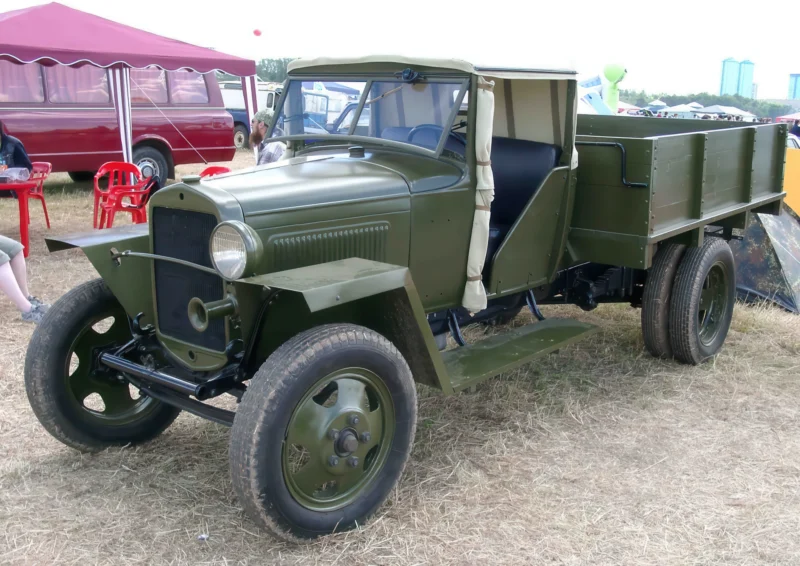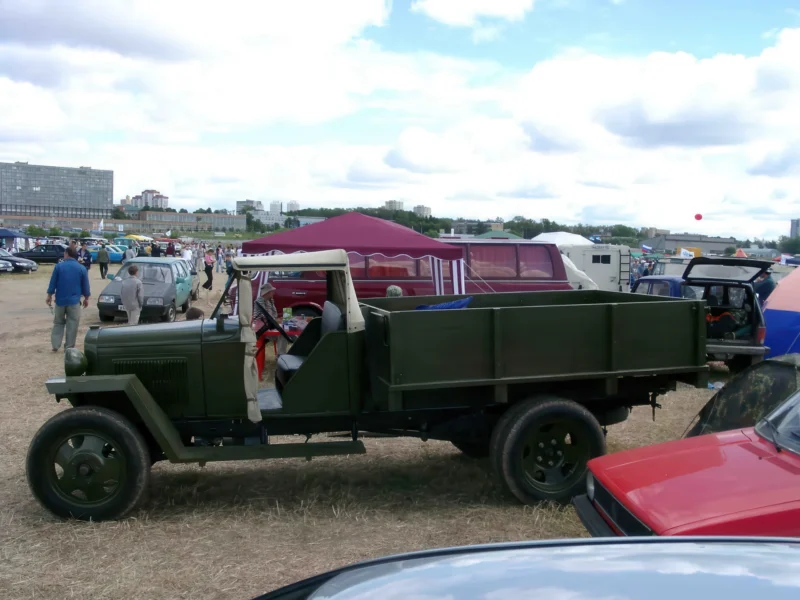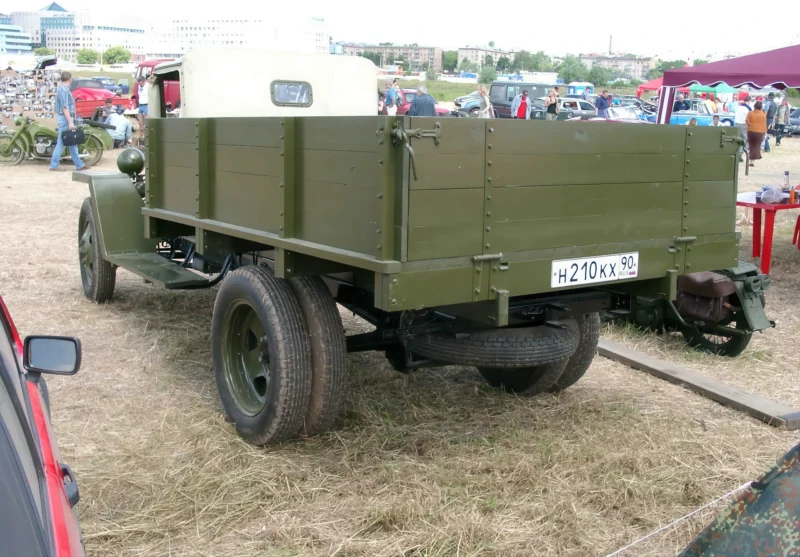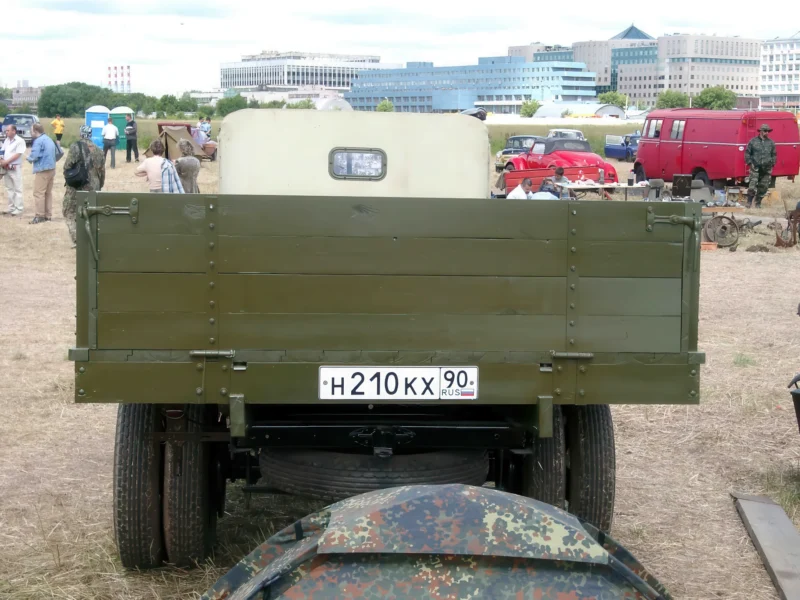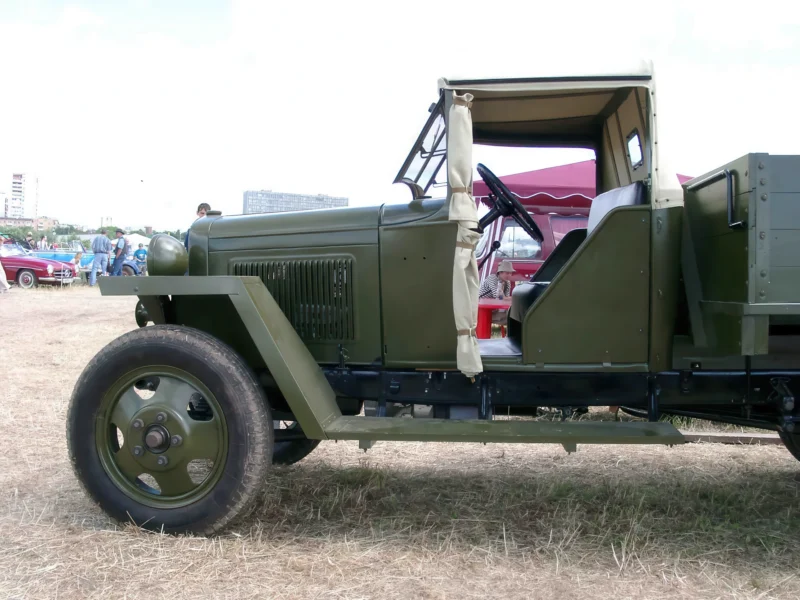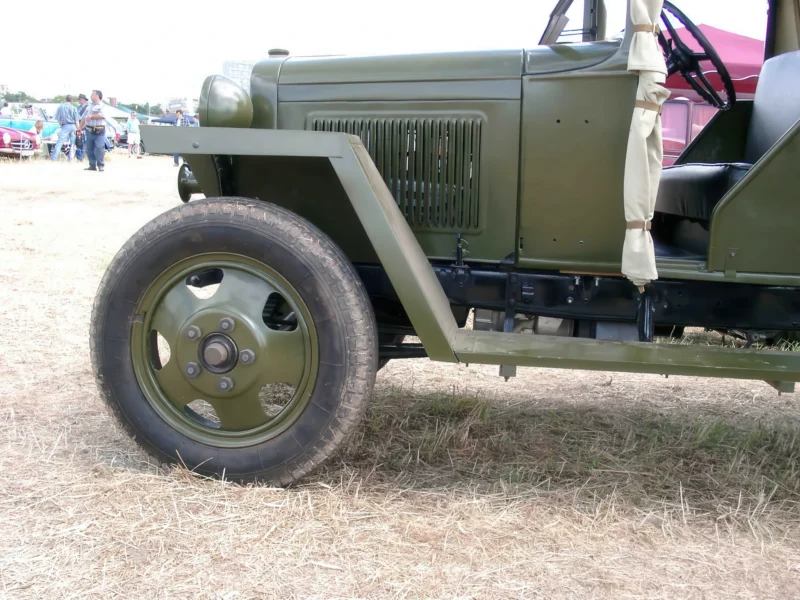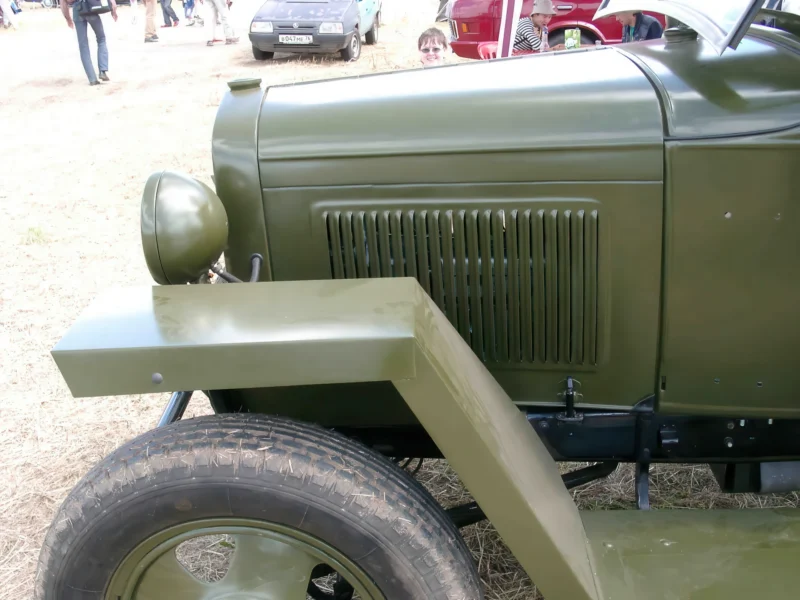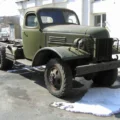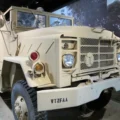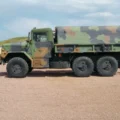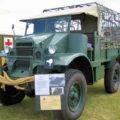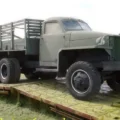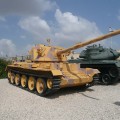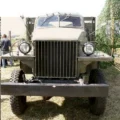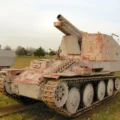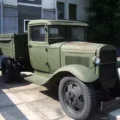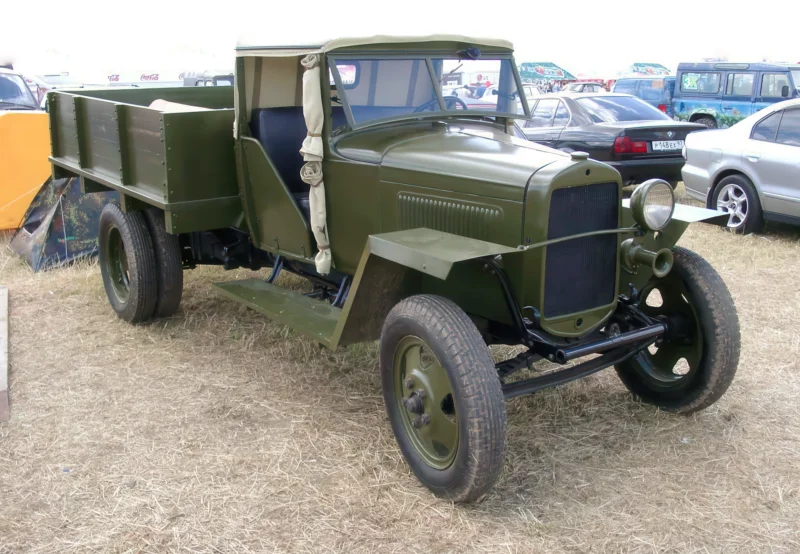
MM dujinis sunkvežimis | |
|---|---|
| Šalies | URSS (URSS) |
| Tipas | Sunkvežimis |
| Aprašymas / kontrolė | Albumas 130 Sunkvežimio nuotraukos MM dujos |
Nuotraukų galerija "Gas MM", "The Dujos-MM yra sovietinis sunkvežimis, naudotas Antrojo pasaulinio karo metu. Šis sunkvežimis yra modernizuota "Gaz-AA" versija arba, tiksliau, supaprastinta ir militarizuota versija. Supaprastinimai, kuriuos ji patyrė integruodama į kariuomenę karo pradžioje, nepakeitė jos veikimo ir patikimumo, o tai reiškia, kad ji buvo daugelio variantų (lengvųjų patrankų, sunkiųjų kulkosvaidžių ir kt. Įrengimas) pagrindas, be pagrindinių funkcijų, kurios buvo krovinių ir karių transportas. Kadangi ši transporto priemonė buvo tvirta ir patikima, ji buvo gaminama iki 1949 m.
Taip pat žiūrėkite:
The GAZ-MM was a pivotal Soviet medium-duty truck produced by the Gorki Automobile Plant (GAZ) starting in 1938. It was a slightly modernized version of the earlier GAZ-AA, which was based on the American Ford Model AA. This sturdy, reliable, and easy-to-maintain vehicle served as the primary transport for the Red Army and the Soviet economy, earning the nickname “Polutorka” (meaning “one-and-a-halfer”) due to its 1.5 ton load capacity.
Technical Specifications and Modernization
The key modernization that defined the GAZ-MM was the upgrade to its power unit:
- Variklis: It was equipped with the more powerful GAZ-M1 I4 engine, a four-cylinder gasoline unit.
- Power Output: The engine provided 50 horsepower, an increase from the 40 hp of its predecessor.
- Performance: This increase in power, coupled with a reinforced suspension, gave the GAZ-MM improved performance, with a top road speed typically around 60-70 km/h.
- Važiuoklės: It maintained a simple, robust 4×2 rear-wheel drive configuration.
Wartime Simplification
During World War II, a highly simplified version, sometimes designated the GAZ-MM-V, was mass-produced to save crucial materials like steel, aluminum, and rubber, and to speed up assembly.
- Cab Construction: The standard metal cab was replaced by a simpler cab often constructed from wood and canvas.
- Doors and Windows: Some wartime units were built without doors, requiring canvas coverings, and the windows were often made of simple cellulose film instead of glass.
- Exterior Fittings: Key non-essential parts were eliminated, including:
- 2007 front brakes (only rear brakes remained).
- 2007 front bumper.
- 2007 right headlight (only one on the left remained).
- Fenders: Rounded, stamped steel fenders were replaced with simple, angular, welded metal (or occasionally wooden) replacements.
Despite these extensive simplifications, the core reliability of the truck allowed it to remain in service throughout the war and into the post-war era, fulfilling vital roles including front-line supply and acting as a mobile platform for light anti-aircraft guns.
Views : 5859
